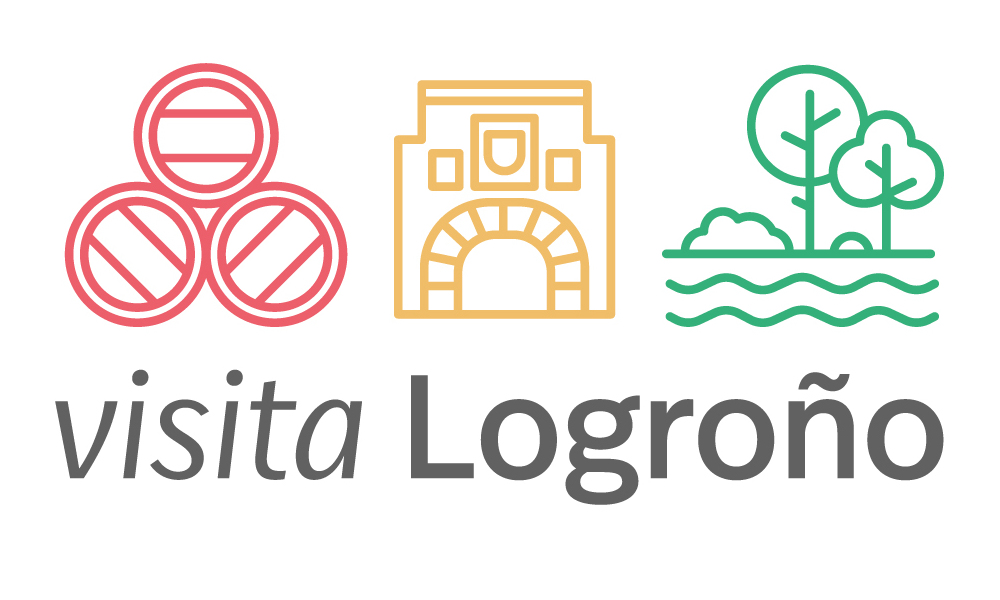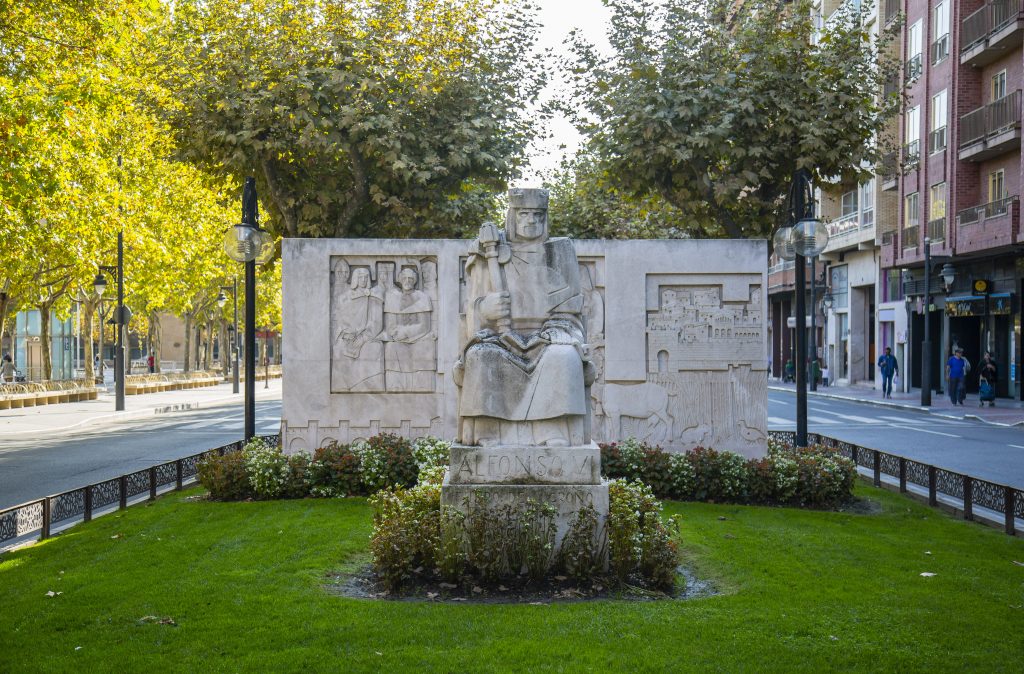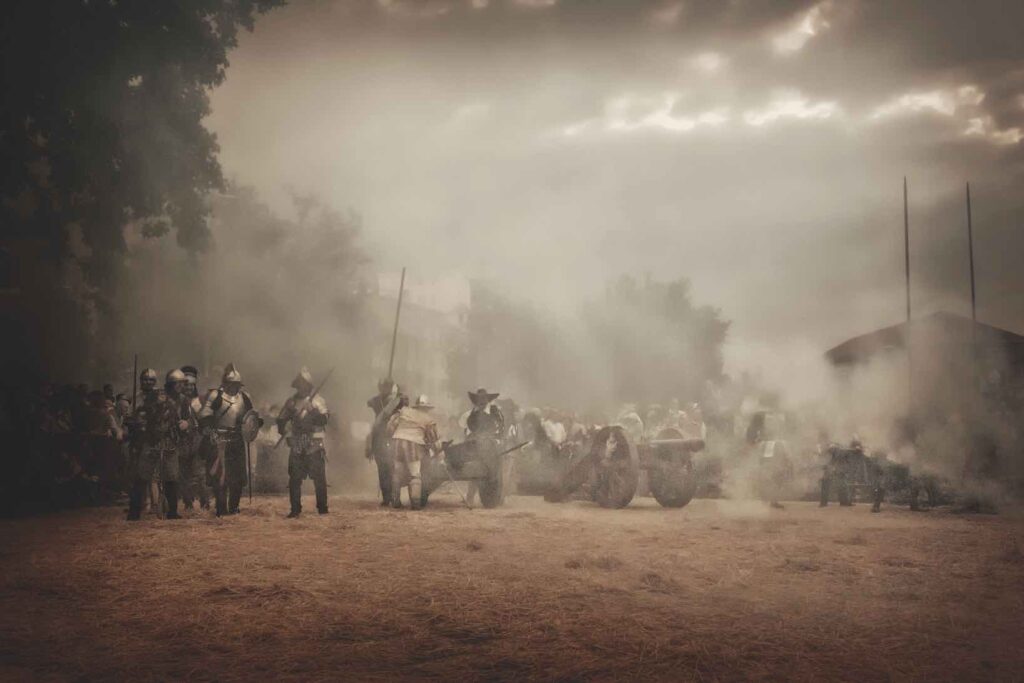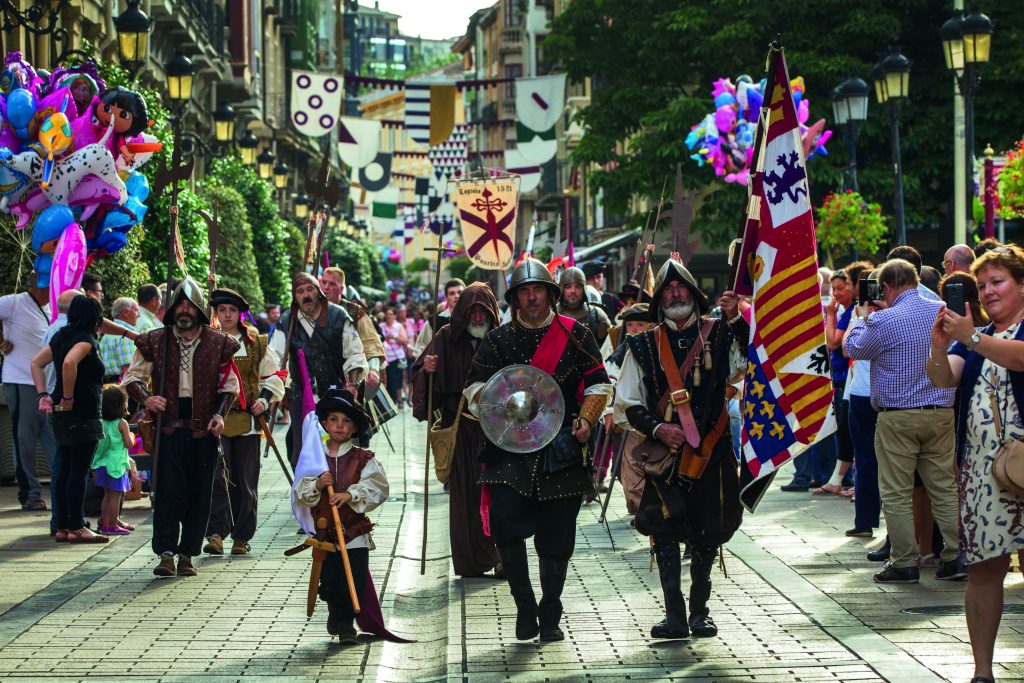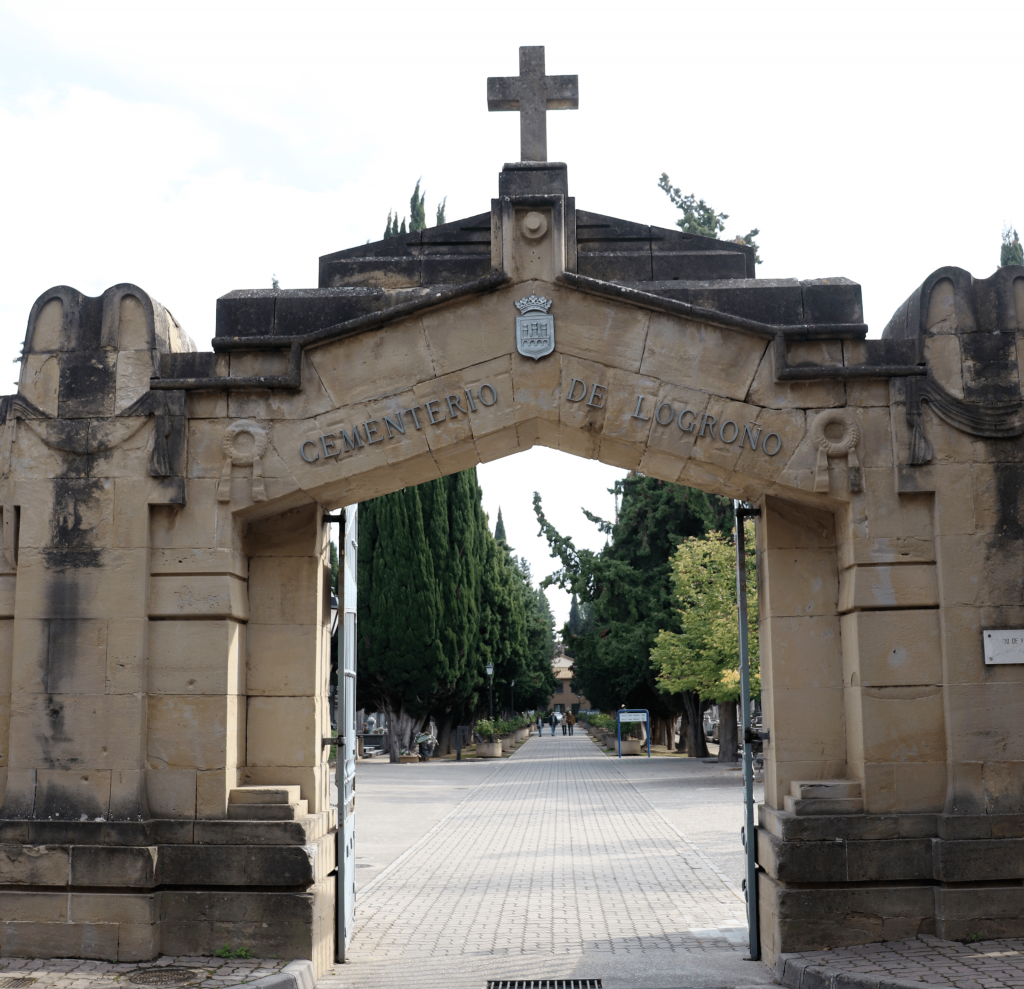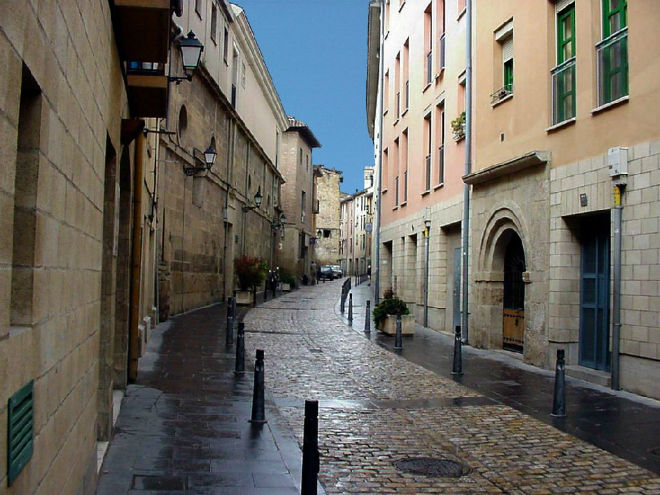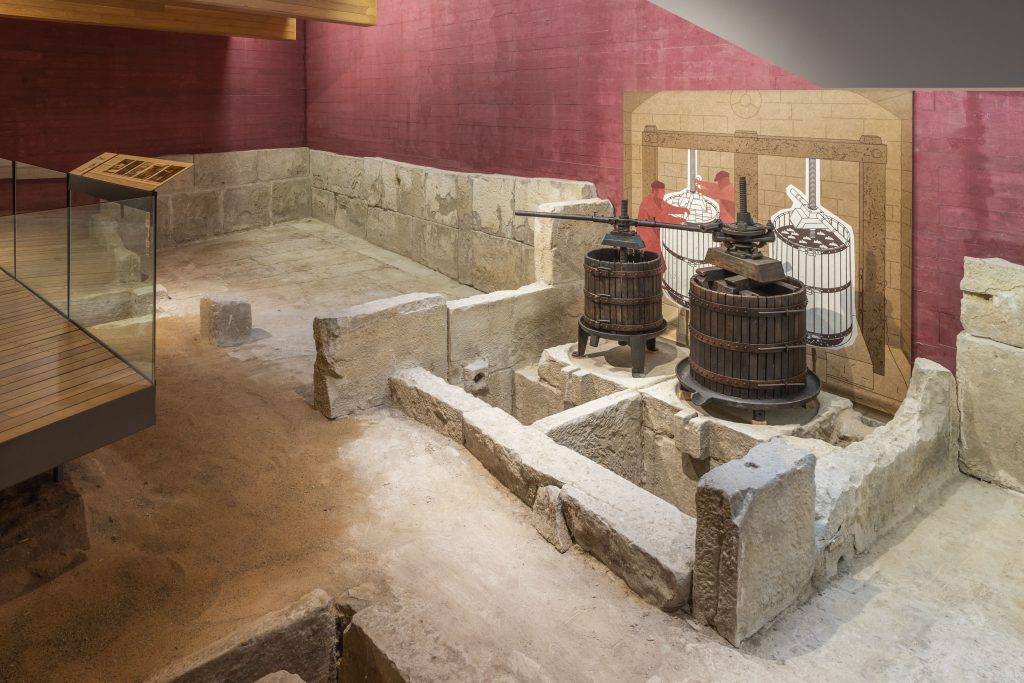Even before it was founded, the capital of La Rioja was a place of passage where history has stopped on more than one occasion.
There is a Logroño before Logroño. Before the city we all know existed, in what is now Logroño, there was Vareia. Thanks to its very attractive location, close to the River Ebro – navigable at the time – the Romans settled in this old city until the arrival of the Visigoths in the 5th century AD.
A century later, in 574, King Liuvigild razed the area to the ground, bringing the development of urban life to a screeching halt.
In 711 the Muslims arrived, and after their advance was halted at the battle of Covadonga (722), a conflict of more than eight centuries began, now known as the Reconquista.
One of the most famous moments of this inter-religious war was in La Rioja, specifically in the municipality of Clavijo, where it is said that the apostle St. James – who died 800 years earlier – appeared to help the Christian troops.
Although it is doubtful that this divine battle ever took place, this supposed help further encouraged the cult of the saint, whose remains, according to tradition, were to be found in Compostela. It was in those years that a series of mass pilgrimages began, which would eventually become the Way of St. James, or the Camino.
Logroño, a small town of little importance at the time, was in the middle of this sacred route. This was the main reason for its growth and for its first appearance in a document, which mentioned the term “Locrunio” in 926.
The city’s second encounter with history took place in 1092, with a savage attack by Rodrigo Díaz de Vivar, El Cid, in his private war against García Ordoñez, Count of Nájera.
Three years later, the damage El Cid caused to the town would be compensated with the granting of a charter by King Alfonso VI of Castile. With this royal honour, in 1095, Logroño became an independent town with its own rights.
Its frontier status, between the kingdoms of Castile and Navarre, also helped it to gain importance, obtaining the status of town in 1431 from John II of Castile, who, in 1444, granted it the titles of “noble” and “loyal”. In the following years, these surnames would gain weight with the addition of the adverb “very”, which the new town would prove with its fierce resistance in 1521.
Festival of San Bernabé Recreation of the siege of the city..
This was undoubtedly the high point in the history of Logroño, when, besieged by French and Navarrese troops, the city managed to resist, remaining loyal to Emperor Charles.
To find out more about this event, it is worth reading this article, published on the website Visita Logroño on the occasion of the fifth centenary of the Franco-Navarrese siege.
Another notable date is 1610, when the auto de fe was held in Logroño which ended with the condemnation to death of 11 people accused of witchcraft.
Thus ended the tragic episode of the supposed witches of Zugarramurdi, one of the darkest pages in the history of the city.
But it is not all tragedy. The inquisitorial process held in Logroño marked the end of the burning of “witches” in Spain.
Its excessive brutality gave the priest Alonso de Salazar the perfect excuse to write a report in which he dismantled the arguments that had led so many innocent people to the stake.
From that moment onwards, while all over Europe, ecclesiastical obscurantism condemned thousands of people, especially women, without any argument, this kind of barbarism ceased on our side of the Pyrenees.
Years later, in 1822, the Province of Logroño was born, the official name of what we know today as La Rioja. These were the times of the Liberal Triennium, a period which, as its name suggests, would not last long.
The return of absolutism in 1823 put a stop to all the liberal reforms, which would only be resumed – in part – with the death of Ferdinand VII ten years later.
But the liberal seed had taken root in La Rioja, a land that welcomed such great names of the Spanish 19th century as Práxedes Mateo Sagasta, Martín Zurbano, and General Espartero, who took up residence in Logroño for most of his life.
In 1982, with the arrival of the state of the autonomous regions, Logroño became the capital of the Autonomous Region of La Rioja. What has happened since then is no longer history, but the present.
